Interviewed by Prof. Raphael Vella, local artist Aaron Bezzina gives insights into what has shaped him and his work.
Prof. Raphael Vella (RV): You’re still young, yet you’ve already shown your work in a number of important
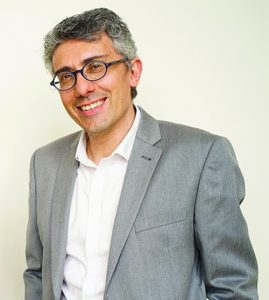
international contexts. Did your passion for art begin when you were still a child? Who or what led you to start taking art so seriously?
Aaron Bezzina (AB): Art started out as an interest when I was young. I wouldn’t say it was a passion back then, as I was only accustomed to elementary drawing and playing around with plasticine. I wouldn’t even consider these things as art these days. At around the age of 18 I started my first official art education, which eventually led to a Bachelor of Arts in Fine Art and later a Masters in Digital Arts. The more I was able to learn about what art is and what it could be, the more I realised how far I could push myself. As far as seriousness goes, I feel that I cannot take anything as seriously as I take art. Yet, paradoxically, art allows me to undermine the whole idea of being serious about something in the first place.
RV: When did you begin to find your own artistic ‘language’? What social or educational factors influenced your growth as an artist?
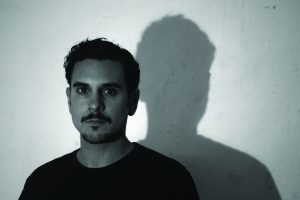
AB: What I consider to be the first contribution to my body of work came in 2012 when I was selected to participate in a collective exhibition. Everything else I produced after that fed into my practice. What I have learned is that there are several branches my work could be categorised into, and that anything I make falls under one or a combination of them. Since I allow my work to move freely, new categories emerge. I would say that each category is formed of a collection of rules that the work (loosely) abides by.
To a certain extent, my academic studies have also moulded the way I approach my practice. Sometimes I react directly to certain methods I learnt, or embrace other ‘unorthodox’ forms. While I think that one could still identify my work by some common traits in visual and conceptual terms, these are not absolutes. Therefore, I do not think I have found my artistic ‘language’ yet.
RV: You tend to exhibit mainly sculptures, ‘gadgets’ or installations that make use of various media like wood and metal but you occasionally work in two-dimensional media and video too. Do you consider yourself to be primarily a sculptor?
AB: I would consider myself a sculptor as I tend to acknowledge and work with the sculptural aspects of any medium, however ‘flat’ it may appear to be. That being said, I’m not particularly concerned with this form of labelling.
The idea of using wood/metal to create sculptures was the product of necessity, efficiency and resourcefulness. The fastest, cheapest and easiest way to convey and manifest the ideas at the time was to create them from scavenged material.
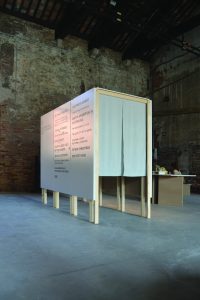
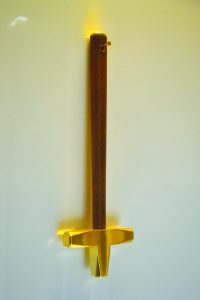
RV: In 2017 you were one of the artists who represented Malta at the Biennale in Venice, with a ‘cruci-hammer’ in a small wooden room. What inspired this work and how does it relate to other works of yours?
AB: The urge to create this seemingly absurd object came from the possibly banal idea of merging those two objects; the crucifix and hammer. I intuitively sketched it out, then jumped into manufacturing straight away, leaving the task of figuring out how the work would operate within the world for later.
I later realised that I was exposed to the notion of using a crucifix as a hammer in a documentary I had watched about ‘Terror Management Theory.’ The theory purports that the anxiety caused by mortality is a major motivator behind many human behaviors and cognitions, including self-esteem, ethno/religio-centrism, and even love. The documentarians tested this with a set of participants who were asked to hang a crucifix in the room they were in. However, all they were provided with was a nail, thus the crucifix itself needed to be used as a hammer to drive the nail into the wall. Subjects who were more anxious about death and held beliefs related to the item were much more reluctant to complete the task. My work was not created as an immediate reflection of this theory, although I would acknowledge any possible links.
I think that Untitled (cruci-hammer and nail) would be viewed as a progression and elaboration of my series that relates to the body, usually manifesting in contraptions made out of wood. This is also an aesthetic experiment since the object is polished and refined to a high degree, and by using precious materials, in this case gold, it becomes an object of desire. This is very different from the other contraptions that are usually created from scrap wood and other raw or cheap materials.
RV: For you, what was the significance of making members of the public enter this tiny chamber through a curtain in order to see your work in Venice? What kind of feedback did you get about what they saw inside the room?
AB: I think the enclosed space allowed the viewer to have a more solemn experience of the work, making it appear to have a spiritual dimension. The lighting enhanced this as well. When people entered the room it allowed them to slow down and focus on one object with no other visual cues and distractions. We are accustomed to behave in a contemplative manner when situated inside or in front of a niche. I also noted that people were compelled to whisper whilst behind the curtain and in front of the work.
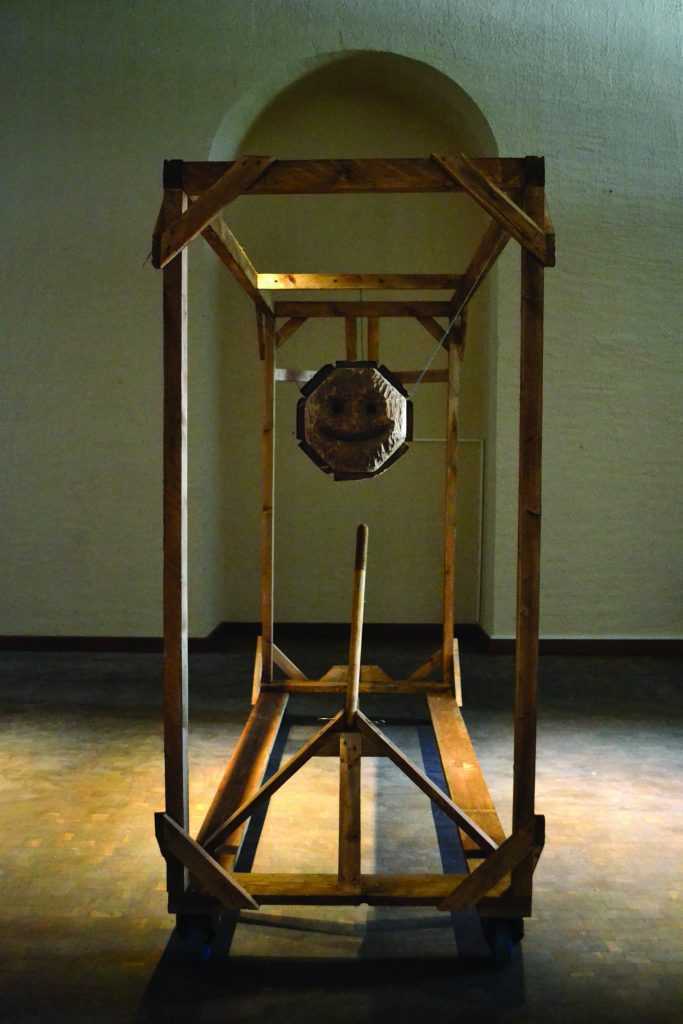
RV: The ‘cruci-hammer’ and a number of other recent works of yours look fetishistic or religious in inspiration, though it’s easy to see that your approach is quite distinct from that of earlier generations of Maltese artists, for whom religious themes came across as a more direct reflection of faith. What attitude toward religion do your works convey? In your view, is there a space for religion in contemporary art and society?
AB: The connotations of the ‘cruci-hammer’ could be regarded as a criticism of Catholicism, implying that religion has negative consequences. What I am mostly interested in is the irony that such an object brings forward: firstly as an object reflecting on itself, and secondly how religion (or individuals within it) is riddled with ironic instances that undermine what it preaches.
In an ideal scenario, there would be no religion as it causes more division and hate rather than understanding and compassion. I think that religion is an idea belonging to the past. Contemporary art allows us to take an analytical but distanced stance on this situation. However, chances are that the outcome is almost always an ironic one. I would not encourage engagement with such subject matter though, as by choosing it it assumes the kind of importance it might not deserve.
RV: What about your use of language in some works like A Good Conversation Piece? What connection, if any, do you see between your conceptual use of words in some pieces and your more hand-crafted objects in wood and metal (like FTF, for example)?
AB: As I have mentioned, these two works fall under two categories: A Good Conversation Piece forms part of a series dealing with text-based work and a play with language, while FTF pertains to a collection of work that shares similar aesthetic qualities—these tend to be structural contraptions that relate to the body and are ‘anti-interactive,’ intended to be engaged with mentally but not physically.
The connections between these two might not be immediately visible, however certain underlying themes are always present despite the different modes of creation. For instance, both works could be viewed as jokes at the viewer’s expense: the first as a self-congratulatory statement and sarcastic remark, and on the other hand, if FTF were to be operated by pulling the lever, the log with the carved smiley face would bash into the viewer’s face (hence the acronym to ‘Face To Face’).
I prefer to see my practice as one organism. Each work, distinct as it may be from the next, still forms part of a larger thing. Looking in retrospect, I can understand my works better in relation to each other, making me think of the decisions taken to manifest an idea—and how it could be done better the next time.




Comments are closed for this article!